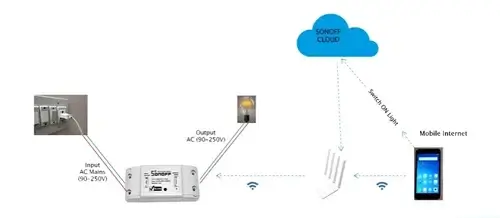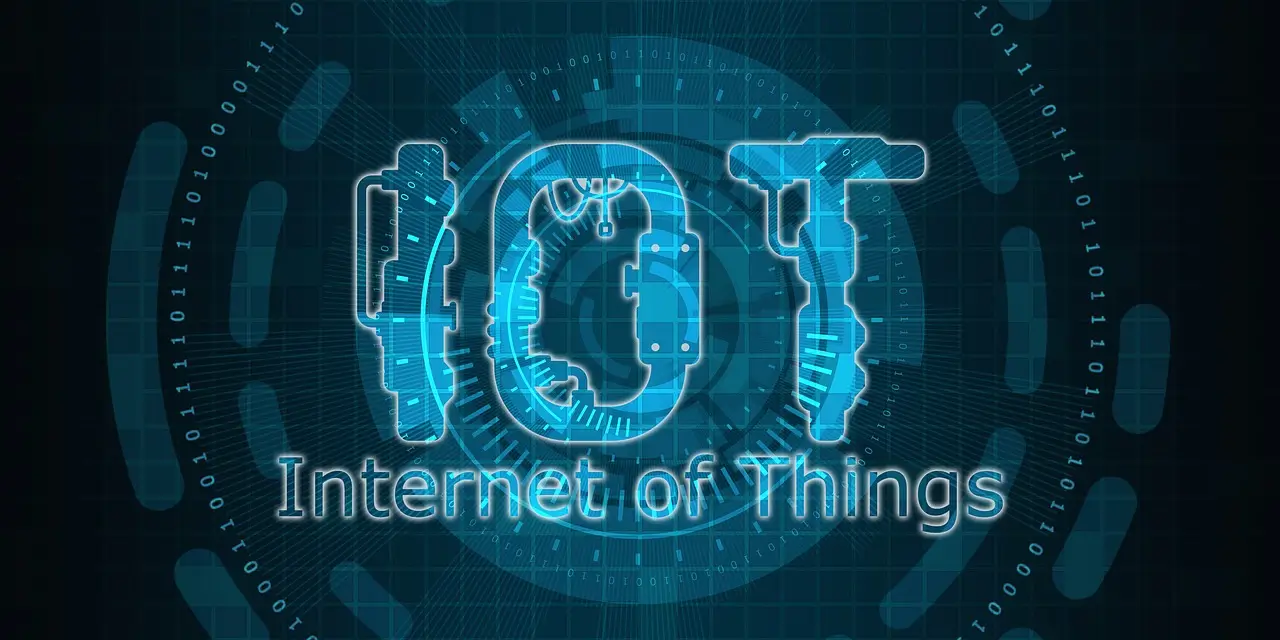Inductive Position Sensors and IoT: Precision Meets Intelligence
In automation and manufacturing, knowing the exact position of a part is critical. From tracking moving machine components to detecting metal parts on a conveyor, position sensors help maintain control, safety, and accuracy. Among these, inductive position sensors are one of the most reliable and robust types used in industrial environments.
When connected to IoT systems, these sensors not only detect positions but also communicate valuable data in real-time — enabling smarter, more responsive operations. Let’s explore how inductive sensors work, why they’re essential, and how IoT enhances their role in modern systems.
What Are Inductive Position Sensors?
An inductive position sensor works on the principle of electromagnetic induction. It detects the position or movement of a metallic target without any physical contact. The sensor generates an electromagnetic field, and when a metal object enters this field, the sensor detects changes in inductance and converts them into electrical signals.
Unlike optical sensors, inductive types are immune to dust, dirt, and light interference, making them ideal for harsh environments.
Common Types Include:
- Proximity Sensors: Detect the presence of a metal object within a certain range.
- Linear Inductive Sensors: Measure displacement or linear motion.
- Rotary Inductive Sensors: Track rotational angles of shafts or gears.
Why Inductive Sensors Are Valuable
Inductive position sensors offer several benefits that make them suitable for industrial and automotive use:
- Non-Contact Sensing: Reduces wear and extends sensor lifespan.
- High Reliability: Performs consistently even in dirty or oily environments.
- Durability: Withstands vibration, heat, and mechanical stress.
- Precision: Provides accurate detection of metallic targets.
For example, in automotive assembly, inductive sensors detect metal parts' positions on moving lines, ensuring accurate placement and assembly without manual intervention.
How IoT Elevates Inductive Position Sensing
IoT (Internet of Things) transforms traditional sensors into intelligent nodes that share data across networks. When inductive sensors are integrated with IoT platforms, they enable:
- Real-Time Monitoring: Track the position and performance of metal components remotely.
- Automated Responses: Machines can adjust positioning or speed based on sensor data.
- Predictive Maintenance: Identify misalignment or malfunction before breakdowns occur.
- Data Analytics: Optimize production cycles using historical movement patterns.
In a smart factory, IoT-enabled inductive sensors can send alerts if a machine part shifts out of alignment, helping prevent downtime and damage.
Real-World Example: Automotive and Robotics
In robotic arms used in car manufacturing, inductive position sensors track the movement and alignment of metal joints. Through IoT connectivity, engineers can access live sensor data, analyze performance trends, and automate corrections — leading to higher precision and reduced human error.
Benefits of IoT-Connected Inductive Sensors
- Remote visibility and diagnostics
- Reduced maintenance costs
- Improved production accuracy
- Seamless system integration
The combination of inductive sensing and IoT intelligence empowers industries to operate more efficiently, predict issues early, and improve system safety.
Wrapping Up
Inductive position sensors play a vital role in detecting and tracking metallic components without contact. When integrated with IoT, they evolve from passive devices to intelligent systems that communicate, learn, and optimize operations.
From smart factories to robotic systems, IoT-connected inductive sensors ensure machines perform with unmatched accuracy, reliability, and efficiency.




